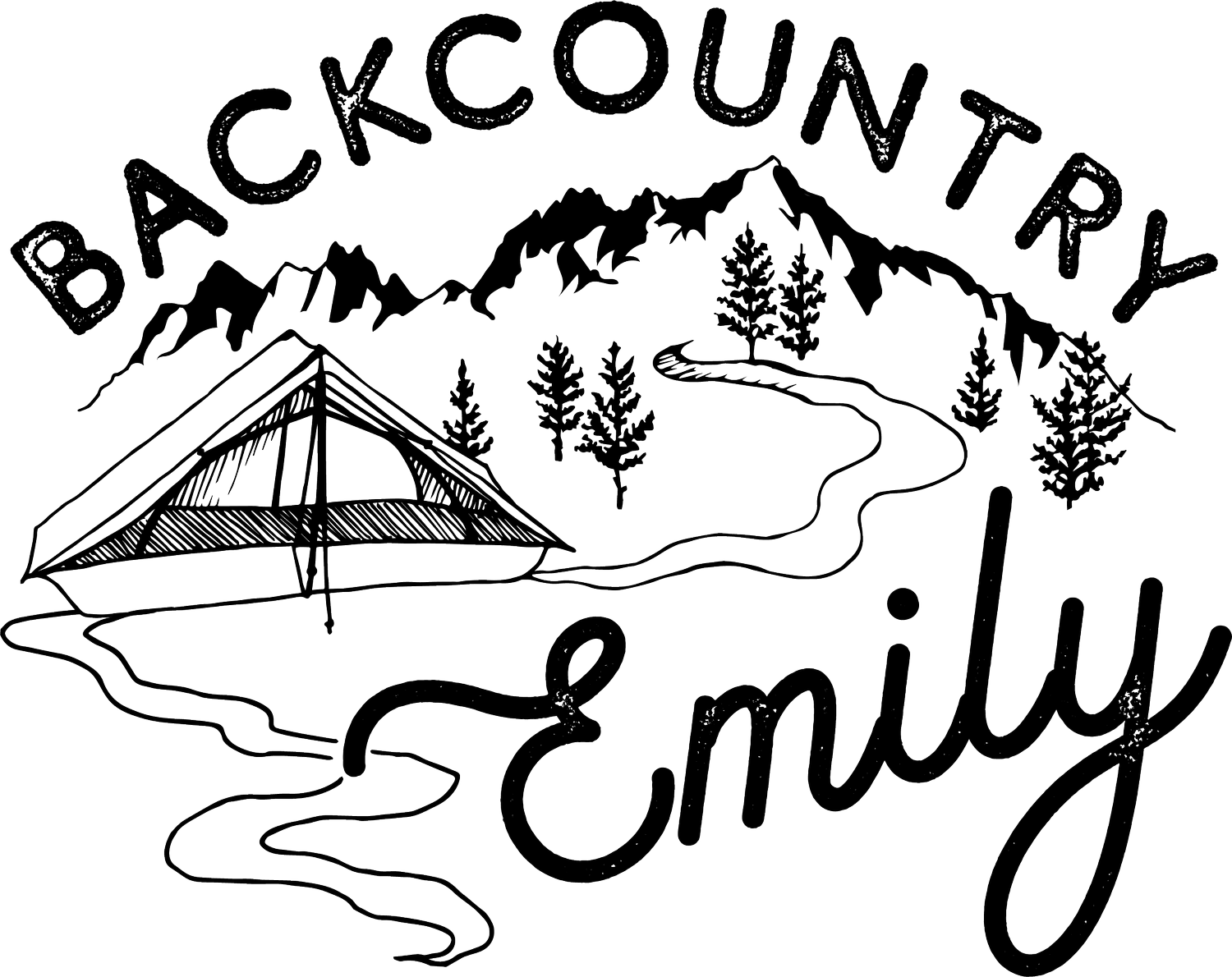What Camera Gear Do I Bring Backpacking?
As an outdoor photographer who loves hiking and backpacking to places far away from the parking lot, I often grapple with how much camera gear I should bring. The photographer in me screams to bring everything, and the thru-hiking backpacker reminds me that I often don’t use all the camera gear when I go out on excursions. Below I am dumping my full list of camera items that could potentially come along with me on a backpacking trip, and what comes along with me 90% of the time. Please feel free to leave a comment or contact me about specifics or questions about my set up!
Note: this post contains affiliate links. If you make a purchase with these links, I will earn a small commission at no extra cost to you. Thank you if you do shop via these links! It allows me to continue making content on this website.
How To Choose Your Gear
I try to get down to the essence of a trip. For example, if astrophotography is important, the weather looks clear, and I have a vision of what an astrophotography creation could look like (including using the planning tools with the PhotoPills app) I will definitely bring my wide angle f 1.8 lens and a tripod. On the flip-side, however, on my thru-hike of the Colorado Trail, I ended up sending my camera gear back home at the first trail town and sticking with my iPhone for the remainder of the 485 mile trail. This was because the rainstorms were unpredictable (camera weather protection), and I had a finite amount of time to complete the trail. Making miles was more important than taking great photographs, in this instance.
For nearly all of my backpacking trips I prioritize bringing my full frame mirrorless camera and a zoom lens, in addition to my phone camera. Depending on the length of trip and the priorities, I may bring my tripod, filters, and extra batteries.
If you’re reading this and don’t have any camera gear at the moment or are wondering what to buy, that question is a really hard one to answer! If you want to do astro or large prints, go full frame. If not, crop sensor is great. For a lens, I would look at fixed aperture for higher quality and a medium-length zoom. Like a 24-70 or 24-105, especially if you want to limit changing lenses while outside. But if you love wide angle shots, the 16-35 might be more up your alley.
Carrying Your Camera Gear
Let’s face it. Backpacking is… dirty! We’re outside and exposed to the elements! There’s mud, snow, hard rocks, rain, dust, pollen… you name it, it’s out there! And camera gear can be super expensive. And something we don’t really want to get dirty and have the chance to break due to exposure to the elements.
I’ve been there. In Patagonia, my camera fell over while on the tripod due to extremely high winds, and my lens dented and the internal mechanism basically broke. That was a fun $500 bill to pay!
But if you want to take professional grade photos out in the backcountry, you’re going to be exposing your gear to damage. It’s just something that you have to come to terms with. There are some items out there that can protect your gear, like the Hyperlite Camera Pod, but nothing will fully protect your camera from the bumps and bruises it can pick up in the wild, especially if you are also scrambling, or doing any creek crossings, or if you fall down.
So with all of that preface, I will say that I usually carry my camera with lens attached on the Peak Designs Capture Clip attached to my backpack shoulder strap. Or more specifically, the piece of fabric that sits on top of the shoulder strap. I attach it to this to prevent ruining the padding of my strap, and because the padding is super thick. Attaching it here also reduces the likelihood of the clip rubbing on my arm or chest. This method does expose the camera to the elements, no doubt about it! I try to be extra careful of what I’m doing when I’m wearing my camera here. It can also create a lopsided weight situation on your chest, but it hasn’t really bothered me too much, even with a full frame camera and larger lens. I also loop the neck strap around my neck as a backup in case of catastrophic clip failure (it has never happened though). If the forecast calls for rain, I will switch to the Hyperlite Pod, but I find the pod a little cumbersome for my short torso and frame - it takes up a lot of room on my chest!
There are some pieces of gear that you can use for more protection, like a rain shell made for your camera, but for me, if its really raining, I’m putting the camera into my backpack in the waterproof liner, wrapped in my sleeping quilt so it can stay protected and dry.
For storing the accessories, I use a roll-top dry sack, which can also fit my small extra lens, and I wrap that up in my puffy jacket or quilt inside my waterproof liner in the backpack.
The Outdoor Photographer’s Pack List
Camera & Lenses
Sony Alpha a7Riii Mirrorless Camera
Sony FE 24-105 mm f/4 G Lens
Sony FE 20 mm f/1.8 G Lens
iPhone 13 Pro
Camera Carrying Solutions
Peak Design Capture 3.0 Clip
Hyperlite Mountain Gear Camera Pod
Peak Design Camera Leash
Peak Design Slide Lite Strap 2.0
Camera Accessories
Peak Design Carbon Travel Tripod
Polar Pro Variable Neutral Density Peter McKinnon Edition II Filter
Polar Pro Circular Polarizer Filter
Polar Pro Step-Up Ring
Lens Hoods
Peak Design Everyday Case (iPhone)
Peak Design Mobile Tripod (iPhone)
Sony 128 GB SF-M Series Tough UHS-II Memory Cards
Camera Cleaning Supplies
Microfiber cloth
Lens brush
Air blower
Lens wipes
Sensor cleaning swabs
Which Items Do I Bring 90% of the Time?
Sony Alpha a7Riii Mirrorless Camera
Sony FE 24-105 mm f/4 G Lens
iPhone 13 Pro
Peak Design Capture 3.0 Clip
Peak Design Carbon Travel Tripod
Polar Pro Circular Polarizer Filter
Peak Design Everyday Case (iPhone)
Peak Design Mobile Tripod (iPhone)
Sony 128 GB SF-M Series Tough UHS-II Memory Cards
Lens wipes




